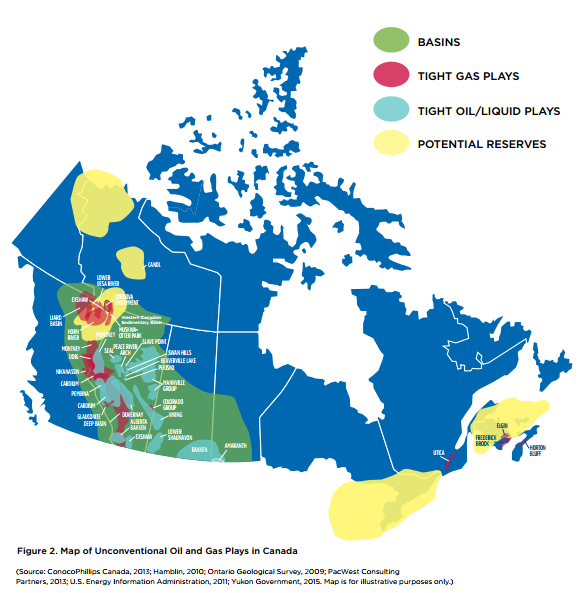All About Fracking is designed to answer your questions about Canadian hydraulic fracturing, also known as fracking.
In 2013, the Petroleum Services Association of Canada (PSAC), with support of their member companies that provide frac services, visited communities across Western Canada. PSAC heard first-hand the communities’ concerns about fracking. They also gained an understanding as to the degree of conflicting information people are forced to sort through in order to make an informed opinion about fracking.
Source: www.energyminute.ca
All About Fracking is a compilation of the most up-to-date information available from regulators, academics and industry. These three stakeholder groups collaborate to find ways to enhance the safe, efficient and environmentally-responsible development of Canada’s vast natural gas and oil resources. It’s the reputation for responsible energy development that sets Canada apart from other oil and gas producing jurisdictions
Why We Frac? Why is it important?
Fracking is the only way to extract oil and natural gas from some types of rock, including shale and tight rocks deep underground.
The energy produced by Canada’s oil and gas industry is vital to our well-being. It enables us to transport goods and people, feed and clothe us and warm our workplaces, schools, hospitals and homes.
In the mid-2000s, North American natural gas production was declining and “peak oil” or the beginning of oil production’s downward trend was forecasted to be fast approaching. Both Canada and the United States were preparing to import natural gas from other countries, domestic prices were facing significant increases and coal was becoming a more attractive energy source.
Modern fracking reversed the decline in natural gas production and unlocked significant new supplies of oil and natural gas in North America. Natural gas is a clean burning energy source, which can play an important role in reducing global greenhouse gas emissions by displacing coal.
Evolution of Fracking in Canada
Fracking was first used in Canada in 1951 near Virden, Manitoba in 1951. In Alberta, fracking was used to extract hydrocarbons from the Pembina oil field in 1953. Today, fracking is used to produce both oil and natural gas in British Columbia, Alberta, Saskatchewan and Manitoba. The evolution of fracking techniques has increased the potential to expand resource development across other provinces.

The science and technology of fracking have evolved over the past 60 years, becoming more productive, sophisticated and safer. The combination of fracking with multi-stage fractures and horizontal wells has been a game changer for the industry’s oil and natural gas production.
The oil and gas industry continues to implement the use of new technology to improve well performance and minimize the amount of water and additives required for the completion of its wells.
Advances in the implementation of fracking have come from the collaboration among governments, industry, academics and others to share practices, and learning gained from experience and research. Some of the big advancements include:
- The proactive and coordinated way of looking at the cumulative effects when making decisions on oil and gas applications
- Public disclosure of frac fluids and access to data on the industry’s use of water
- More opportunity for public and indigenous consultation and engagement
- Real-time monitoring for induced seismicity, water use, land use and air quality
- Increased levels of environmental protection through updated legislation and permit conditions
- Application of clean technology to reduce use of water and energy, generate less waste and decrease environmental footprint in every aspect of oil and gas development and production
